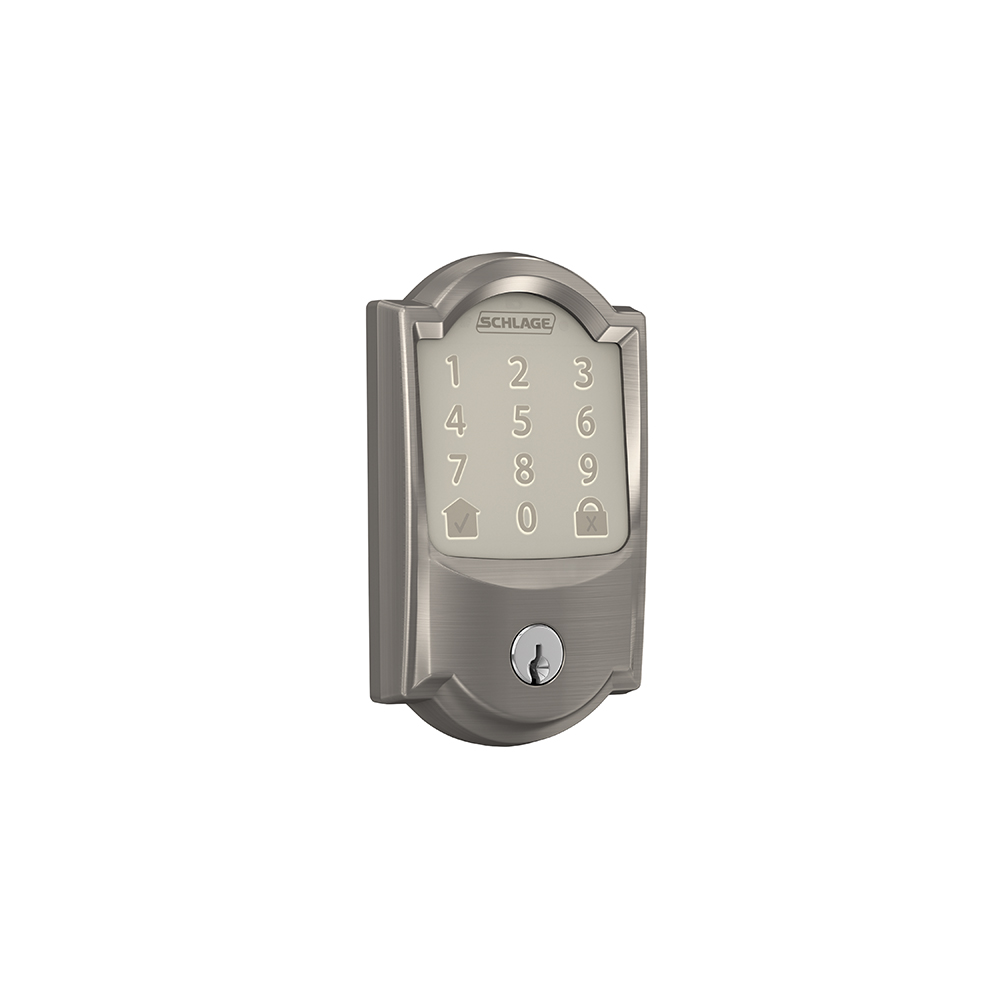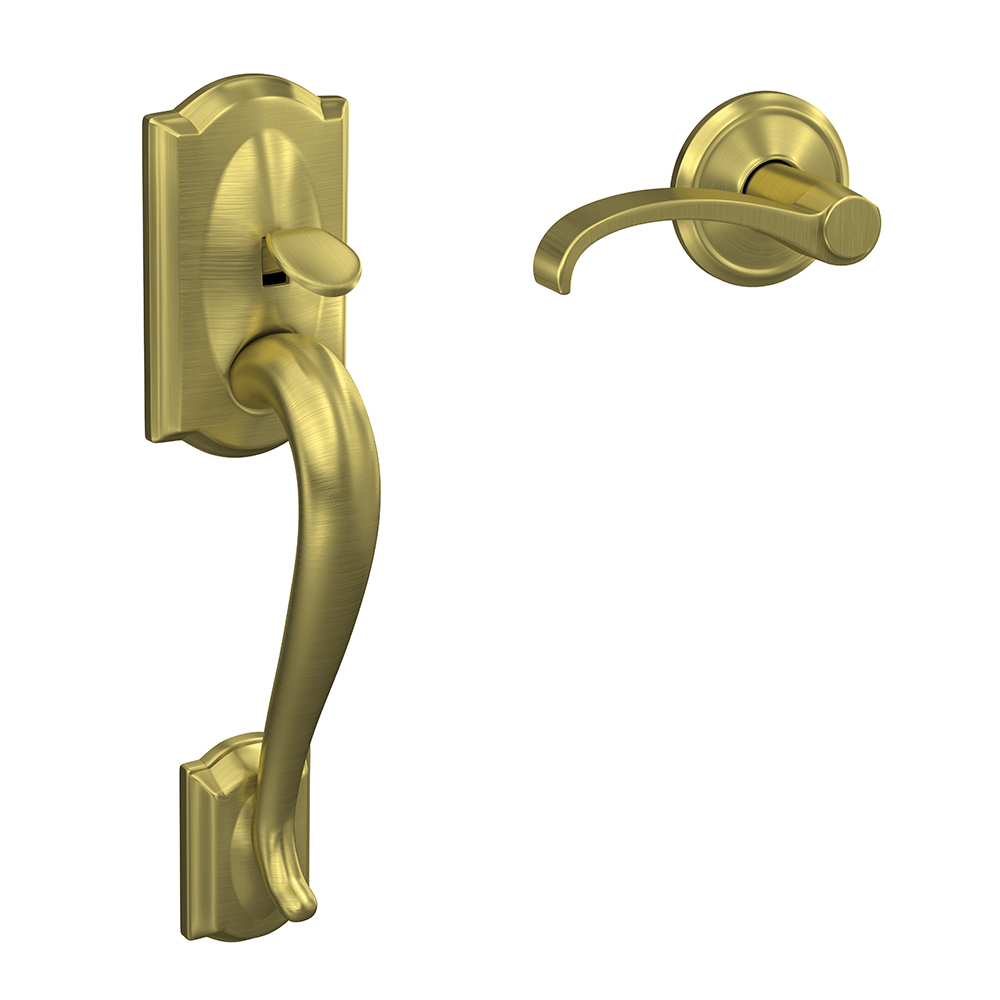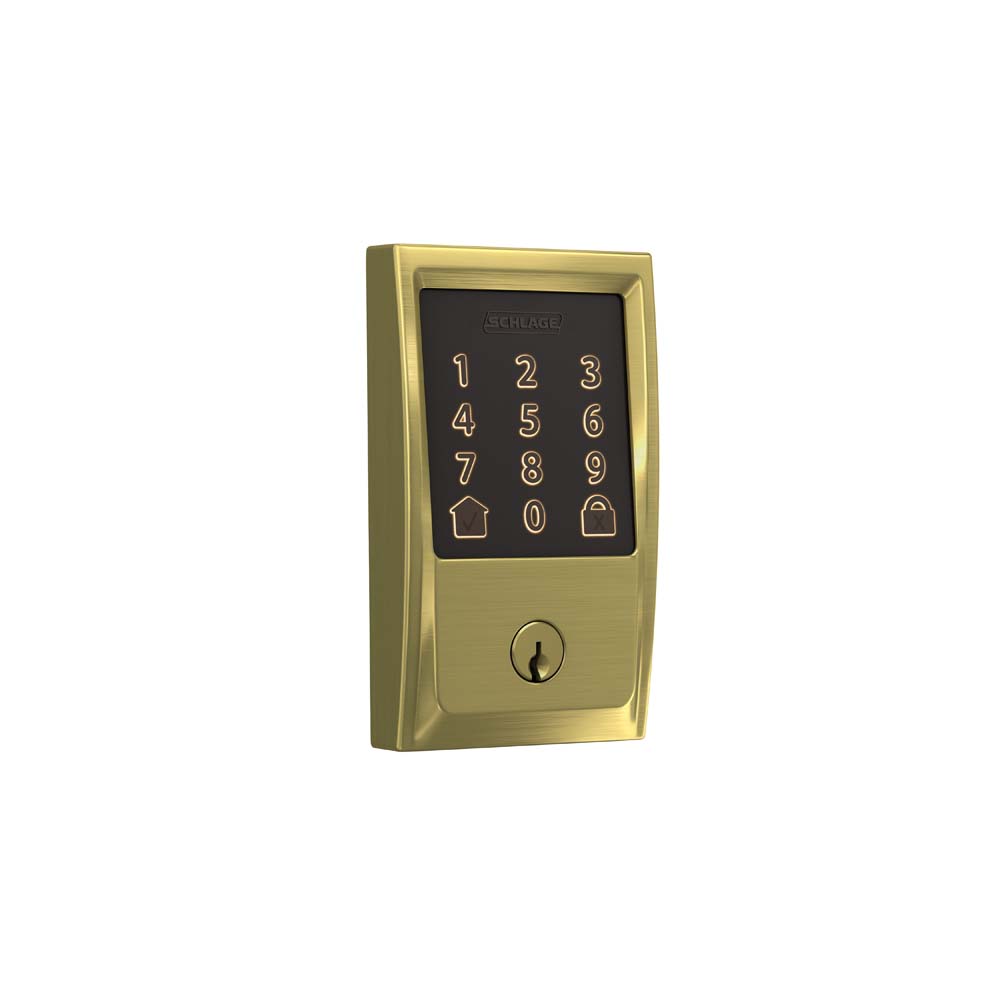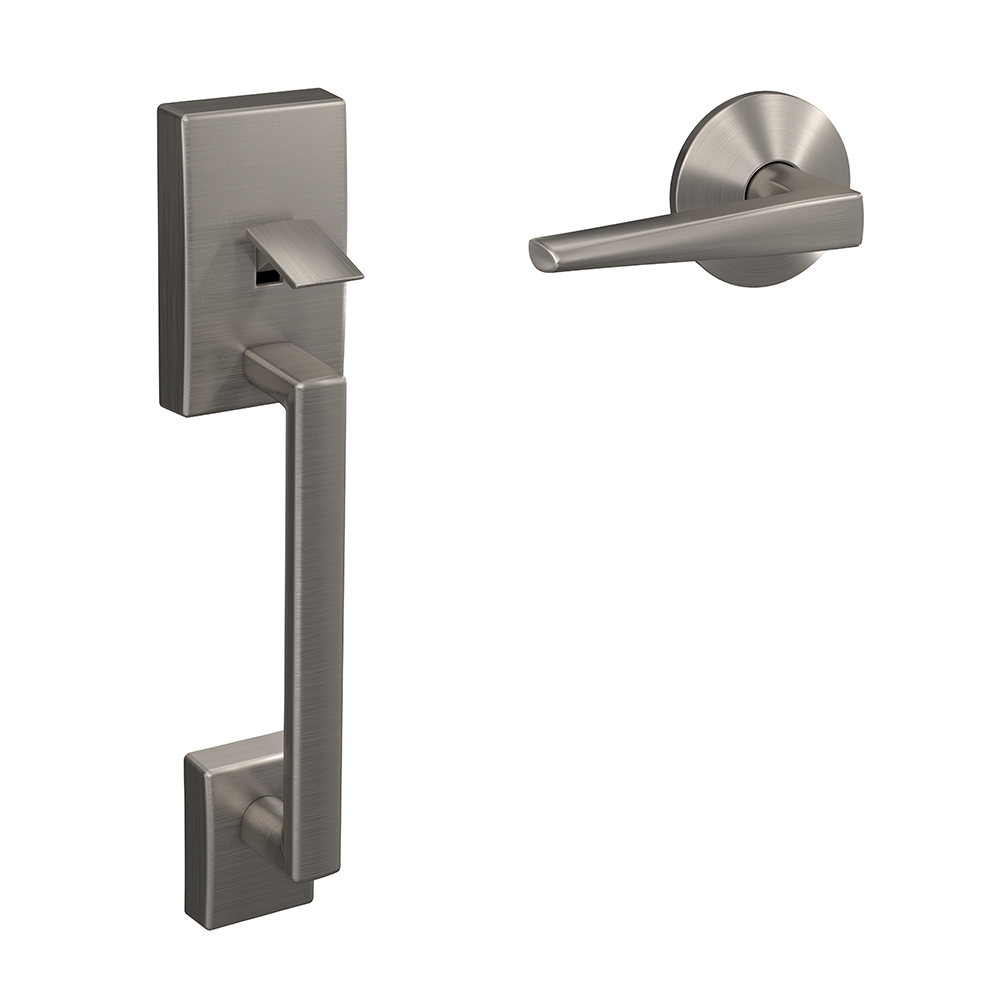How to keep pets safe when you have indoor plants.
Wednesday, March 3, 2021
You love your pets and want to keep them healthy, but you’ve heard some houseplants aren’t good for furry family members. Follow these tips to keep your pets safe around houseplants.
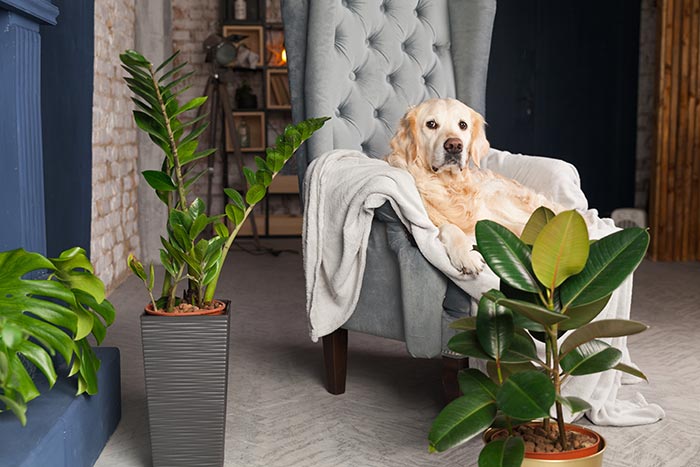
Safety tips for pets and plants
The best strategy for protecting pets is to know which plants are non-toxic and choose those for your jungalow. That way, even if your plant buddies prove just too tempting to your furry friends, you won’t have a health crisis on your hands. We have some non-toxic suggestions below, but the ASPCA also has a more extensive, printable list.
Remember that munching on leaves and flowers isn’t the only danger. Sometimes you just don’t want your pet digging in pots or knocking over your prized orchid. If that’s the case, give these fetching ideas a shot.
- Raise them up: Move indoor plants up off the floor to a higher shelf. Some cats especially will see this as a personal challenge, but it could work. Hanging planters might be a good option as well.
- Clean up: Pick up fallen leaves or petals so that even if you have the plant on a high shelf, you’re still keeping Fido safe.
- Cage them: “The pets or the plants?” you ask. Both. Terraria and other glass cases can be a stunning way to display floral arrangements and showcase your greens. And it might make sense to crate your dogs when you’re away from home if they simply can’t be trusted not to do a little unsupervised gardening.
- Cover the soil: To discourage digging in your pots, place pebbles or other ground cover to make it harder to get to the dirt. Check out baby tears below for one idea.
- Entertain your pets: If your furry friends are attacking plants out of boredom, find something fun and safe to distract them. For most cats, even the most tempting palm fronds are no match for a laser pointer.
- Repel them naturally: Their efficiency varies, but there are natural repellants you can spritz on or around your indoor plants that will deter digging, chewing and wreaking havoc.
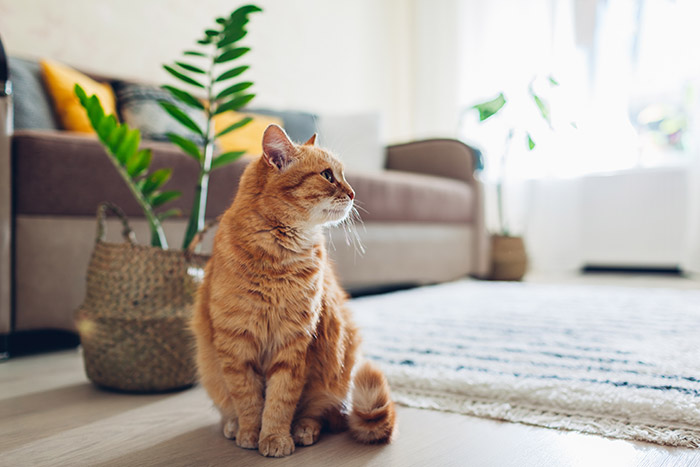
Indoor plants that are safe for pets
Before we get started with our list of best plants for pets, a word of warning. Check and check again to see if they’re toxic. Certain varieties of a particular plant might be safe, while their close cousin isn’t. Most lilies, for example, are toxic to cats, while the Peruvian lily is perfectly safe. Do your research and, when in doubt, check with your vet.
- Haworthia: Aloe plants are super common indoor plants, but unfortunately, they’re moderately toxic to cats and dogs. Haworthia, on the other hand, is safe and has the same look as the beloved aloe.
- Friendship plant: These guys are pretty delicate and need really high humidity. That doesn’t sound very compatible with rambunctious pets, but considering that the friendship plant thrives best in a terrarium, it’s kind of perfect. By caging your plant, you’ll be protecting all your friends, furry and green.
- Spider plant: Not only is this plant easy to take care of – it tolerates all kinds of light and moisture conditions – it makes it easy to care for your pets, too. It’s non-toxic to cats and dogs.
- Baby tears: The name sounds a bit ominous and sad, but don’t let that scare you off. This tiny-leafed plant can be used to cover the soil around houseplants to discourage digging.
- Palms: If you have a cat who likes to swat and play, palm fronds can be really tempting. Areca, parlor and ponytail palm are excellent choices thanks to their non-toxic leaves. While nibbling isn’t a concern, though, do make sure to secure their pots, especially with the Areca palm. This variety can get up to 30 feet tall when fully mature and you don’t want something that large tipping over.
- Boston fern: When your cat likes the fun of an Areca palm frond but you want something smaller, go for a Boston fern. These are great in bathrooms and kitchens, too, since they thrive on high humidity.
- Venus fly trap: Assuming your pet isn’t a fly, all should be well with this houseplant. Plus, because they’re incredibly low maintenance, you’ll have more time to give pats and scritches to your four-legged friends.
- Bromeliad: This variety makes our list of best plants for pets for two reasons. First, its cone-shaped flowers are pretty. Second, many bromeliads can grow on logs rather than in soil, so if you have a cat or dog who likes to dig, you have one less mess to worry about.
- Banana: An unexpected houseplant idea, yes, but if you’re looking for a large indoor plant that is also safe for pets, banana is as perfect as it is unusual. It’s an excellent alternative to the ever popular ficus, which is toxic to our furry friends.
- Herbs: Some, but not all, of the most common herbs you already grow on your kitchen windowsill are non-toxic to pets. These include basil, rosemary and thyme. Be sure to do your research, though, especially if you have a little nibbler on your hands. Common herbs to avoid include mint, parsley, chives and lavender.
Whether you’re looking for more tips for growing indoor plants or ways to make your home pet-friendly, the Schlage blog has you covered. Find us on Instagram and Pinterest for inspiration, too.





